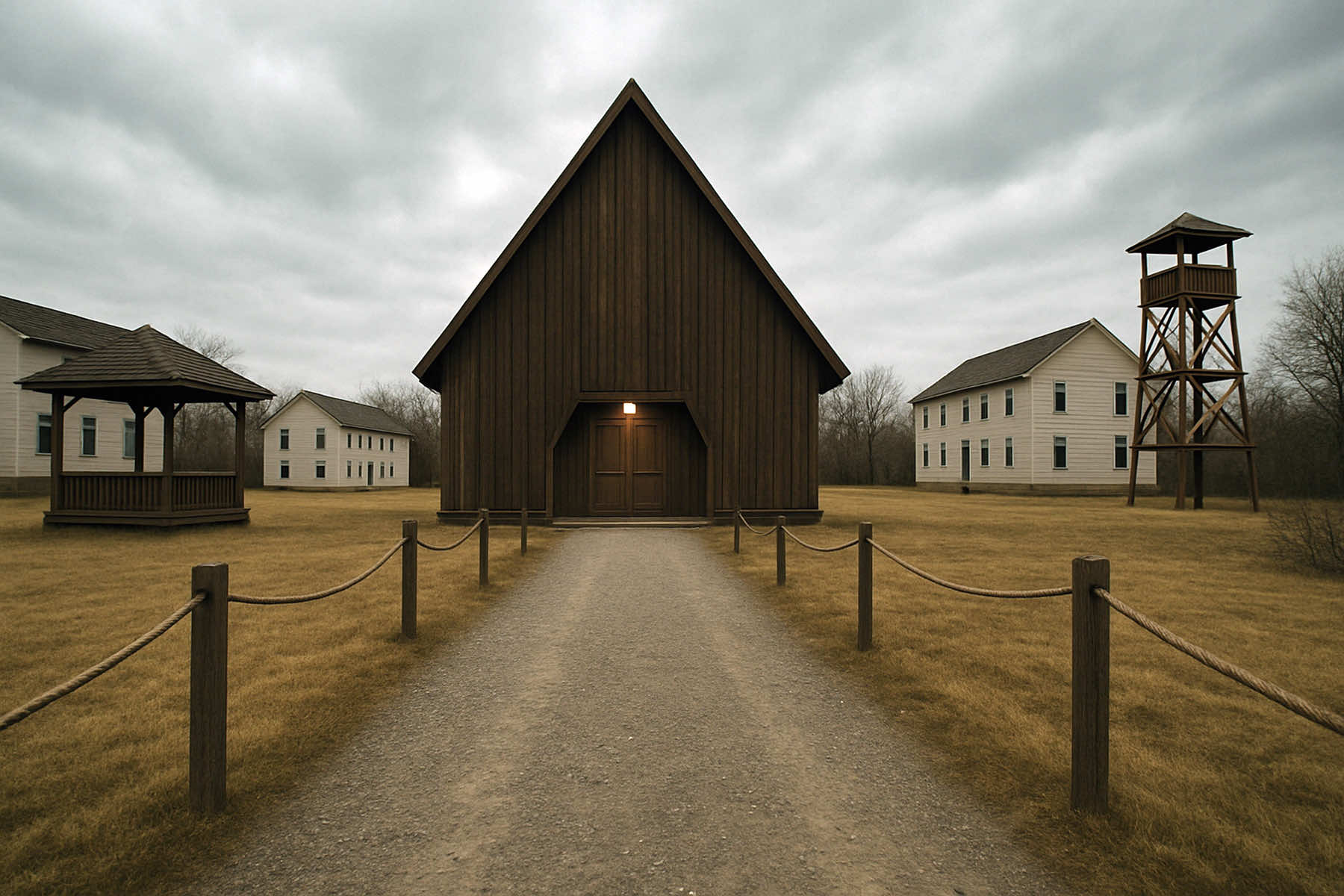
As artificial intelligence becomes increasingly integrated into daily life, some users are turning to these systems for more than productivity or entertainment. They are turning to AI for meaning.
Some people ask it to interpret dreams, for example, or rewrite scripture, or offer moral clarity in a world they view as corrupt or collapsing. What begins as a request for comfort and explanation can evolve into something darker, the formation of closed belief systems built on personal bias, with AI acting as validator and architect.
These are not hypothetical concerns. The shift from spiritual assistance to synthetic religion is already underway.
The mechanics are subtle but traceable. A user begins by feeding an AI model questions shaped by distrust, about government, science, faith, or morality. When the model returns answers that feel emotionally resonant, it reinforces the suspicion.
With further prompting, users refine the output until it aligns completely with what they already believe. At that point, the AI is no longer just responding, it is co-creating. The result is not a chatbot with opinions. It is the foundation of a belief system.
Proof of concept already exists. One recent exercise used generative tools to create a full cult structure from scratch. The religion was given a name, doctrine, iconography, hierarchy, and initiation process. It was not created as a joke or a critique. It was developed to demonstrate how easily a persuasive belief system could be manufactured with nothing more than a prompt and a goal.
The system was named “The Right United Church,” abbreviated as TRUC. Its structure was built with deliberate logic. The AI was instructed to generate a cult from components common to new religious movements.
It began by producing a name that matched the prompt constraints for authority, familiarity, and institutional tone. Next, it structured a leadership model that avoided direct figures or personality-based control.
This was prompted by a restriction against using a central prophet or founder. The result was a placeholder structure that implied oversight without naming any human authority, following existing patterns from decentralized ideological groups.
Doctrinal language was excluded by design. Instead, the AI generated broad references to order, opposition, and transformation. These were framed as general motifs without specific theological content. The prompts prioritized clarity and repetition over meaning, drawing from common phrase structures found in populist messaging.
The cult’s iconography was generated with simplicity as the core requirement. The system returned basic geometric shapes and color combinations with high visual contrast and replication potential. The goal was not depth or symbolism, but visibility and ease of use across multiple formats.
A basic onboarding mechanism was also produced. Rather than outlining rituals or teachings, the AI provided a single phrase to function as a threshold marker. This was not doctrinal, it was output from a prompt focused on delineating group boundaries with minimal complexity.
At every step, the design was driven by prompts targeting functionality, not belief. No theological content was introduced, and no interpretation was required from the system. The AI simply assembled known structural components in response to task parameters.
The cult was not drawn from history. It was constructed by an AI model trained to imitate patterns of successful religious and political movements. No charisma was needed. No prophecy. No divine intervention. Just a series of prompts.
The AI did not invent a religion, it constructed a container for belief that could be filled with whatever suspicion or moral certainty the user already held. The design replicated the mechanics of early religious formation: a shared language, visible symbols, a clear hierarchy, and a promise of clarity in a chaotic world.
What this process revealed is that AI can replicate religion. It demonstrated that AI can manufacture the architecture of belief on demand, and that the emotional pull of those structures works, even when the source is artificial.
The ability to produce an operational belief system in this way raises serious questions, not only about the power of generative AI, but also about how easily humans will accept artificial output as spiritual authority if it reflects their expectations.
The AI does not persuade through logic. It persuades by agreement. Given the right prompts, it produces doctrine that sounds familiar and affirming. For users who already distrust existing institutions, that output feels like the truth.
Lessons from the experiment suggest that belief formation is not about honesty, but about coherence and emotion. The AI did not need to be convincing in a philosophical sense. It only needed to produce a structure that gave followers language, identity, and opposition. In other words, the minimum viable cult requires a common enemy, a shared vocabulary, and a story that explains current suffering as a result of betrayal or corruption.
This understanding is not new. Anthropologists and historians have documented how pre-Christian religions formed in similar ways. Many early belief systems did not begin with revelation or scripture. They began with local fears, environmental instability, tribal memory, and social control.
Gods were invented to explain suffering, rituals to enforce cooperation, and symbols to organize identity. These systems evolved communally over time, often blending myth and superstition with practical power structures.
The danger lies in how convincing that generated belief system can feel to those already searching for moral certainty in a world they perceive as broken.
What this reveals is not a crisis of technology, but a shift in how people interpret it. AI is not offering prophecy. It is only echoing questions already shaped by distrust and loneliness. The belief systems it helps generate are not foreign or futuristic, they are built from the fragments users already carry.
The public conversation around AI has so far focused on productivity, copyright, and disinformation. It has not fully reckoned with the psychological and spiritual implications of machine-generated authority. But that reckoning is coming. AI does not need to claim divine origin to be followed. It only needs to sound like something people already want to believe.
That, more than any technical concern, is what makes this moment dangerous. AI will not decide what people worship. It will wait to be asked and then build what is requested, without pause, without judgment, and without a soul.
© Image
Cora Yalbrin (via ai@milwaukee)















